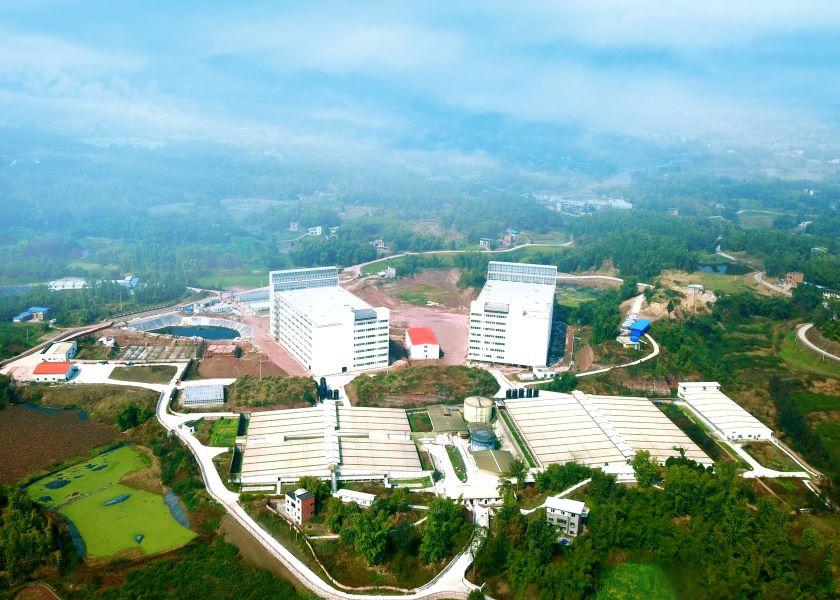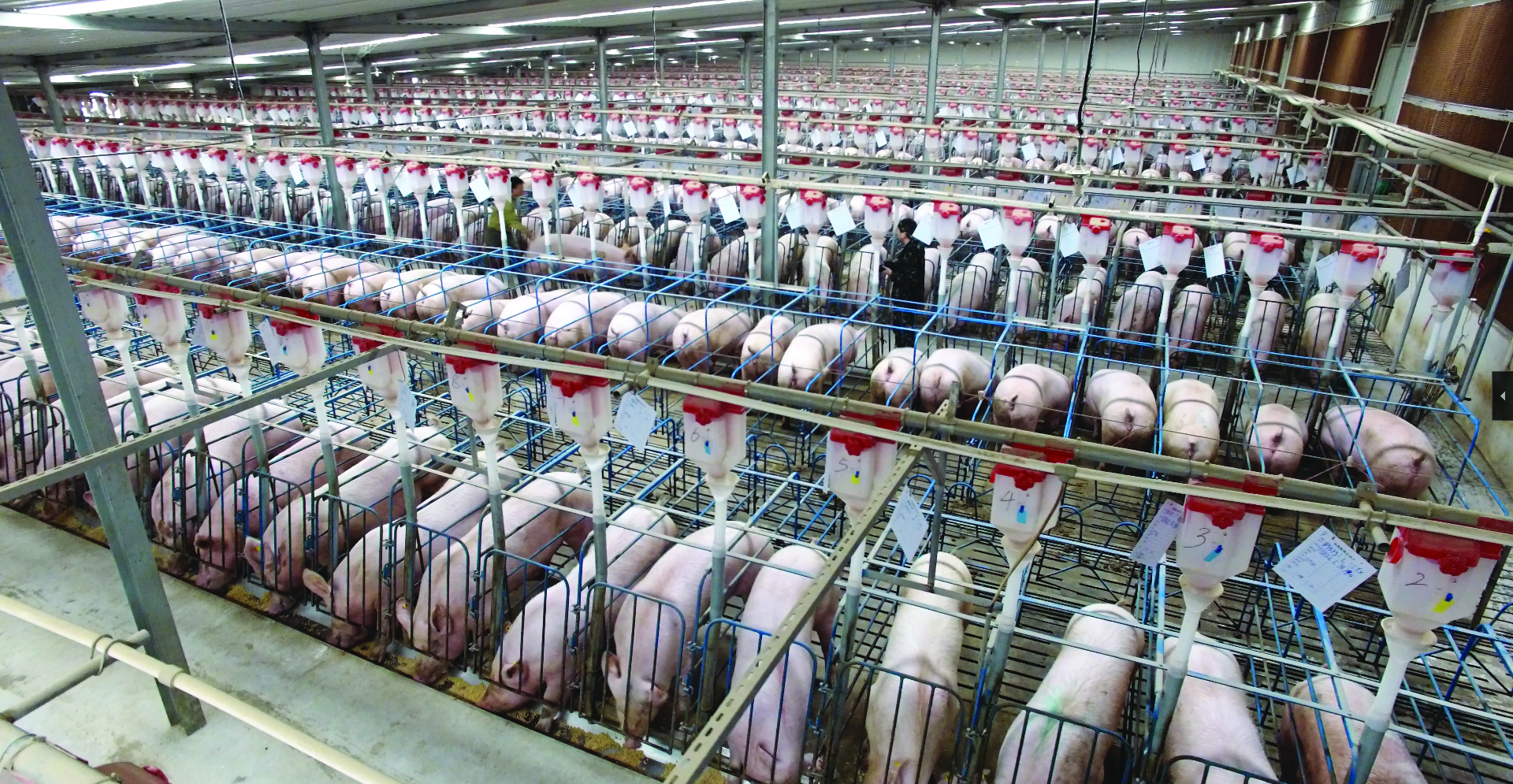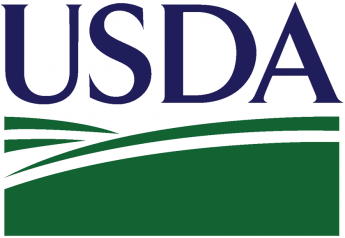High-Rise Piggeries: What China’s Pork Industry Transformation Means to U.S. Farmers

African Swine Fever (ASF) has been the big news regarding the Chinese hog industry for several years. However, even as the effects have lingered, Chinese pork consumption has been climbing by about 1 million tons/year, according to Jurgen Hijink, with the Hijdeporc Consultancy.
ASF boosted imports by almost fourfold, but rapid rebuilding of the hog herd suggests pork imports will recede to normal levels by 2026, he predicts.
A Colossal Appetite
With 9% of the world’s cultivated land, China feeds nearly 20% of the world’s population, explains Yu Ping, founder of Yu’s Design and president of Sichuan Tianzow Breeding Technology Co. China has 415.9 million pigs. Not only is it the world’s biggest pork producer, but it also has a population of 1.4 billion people with a per-capita pork consumption of 20.3 kg.
The Chinese pork industry has been transforming — with the shift from backyard farms to megafarms — ASF accelerated the change. Now production capacity can be added at an astonishing rate: The time from breaking ground to production on one 3,500-sow project took just seven months.
In China, many similar and much larger-scale projects are in the works. Hijink cites an operation that has 21 buildings, six stories high, with 660 sows each. Each floor is a self-contained unit. He notes that one company is producing more than 30 million pigs a year – that is equal to more than 21% of the U.S. pig crop in 2020.

Modern Production = More Grain
Prior to 1995, almost all Chinese pig production was from backyard operations. Less than 15 years later, commercial operations that produce 50 to 1,000 pigs exceeded backyard production. Now, about 40% of production is from commercial operations with up to 1,000 sows and 40% from specialized farms with more than 1,000 sows, Hijink reports.
“By 2025, 65% of all production is likely to come from specialized farms, 30% from commercial farms and only 5% from backyard farms,” he predicts.
The modern farms, helped by imported modern genetics as well as scientific management, are expected to greatly increase annual piglets per sow from the current 16 toward the 25 to 30 pigs produced by Western operations.
They also achieve better feed conversions with reduced time on feed. Important for grain farmers is that specialized farms rely much more heavily on wheat or corn, which account for 65% of feed or 215 kg per pig, compared with 50% for commercial farms and just 20% for farms with fewer than 50 pigs produced.

“This is the reason I expect feed demand to increase 40% - 40 million tons – by 2025,” he explains.
Of course, Hijink notes, “A major question is how much reliance on imports the Chinese government will accept and whether it may re-incentivize domestic grain production instead.”
More Pigs on Less Land
By Jennifer Shike
Yu Ping knew there had to be a better way to meet the needs of modern pig farming through a better hog building design. After many years of constructing pig farms, he decided to take a stab at designing something new. The result? High-rise piggeries.
For Yu, in his role as chairman, founder and designer of Yu’s Design and executive director and president of Sichuan Tianzow Breeding Technology Co., he’s been focused on how to raise more pigs on the same amount of land.
Figuring out how to raise more pigs on the same amount of land is a challenge that Yu doesn’t take lightly. He believes “hog hotels” or multi-story farms hold the answer.
One of the questions he gets asked often is about odor treatment and manure.
“With the multistory buildings, it's easy to separate the solid and the liquid [waste] in real time, not like the traditional one that mixes them together after several months,” he said. “We can separate the liquid and solid immediately after they have it.”
He says the solid waste is easier to handle than the liquid waste.
“For the liquid, it's headache for the whole industry, actually. It depends on how much land you've got, how much you are going to treat it,” Yu said. “If we have less land, like in China, we should treat it further and further and further.”
Yu wants to keep improving upon his designs in an effort to help China’s pig industry be more competitive worldwide.








